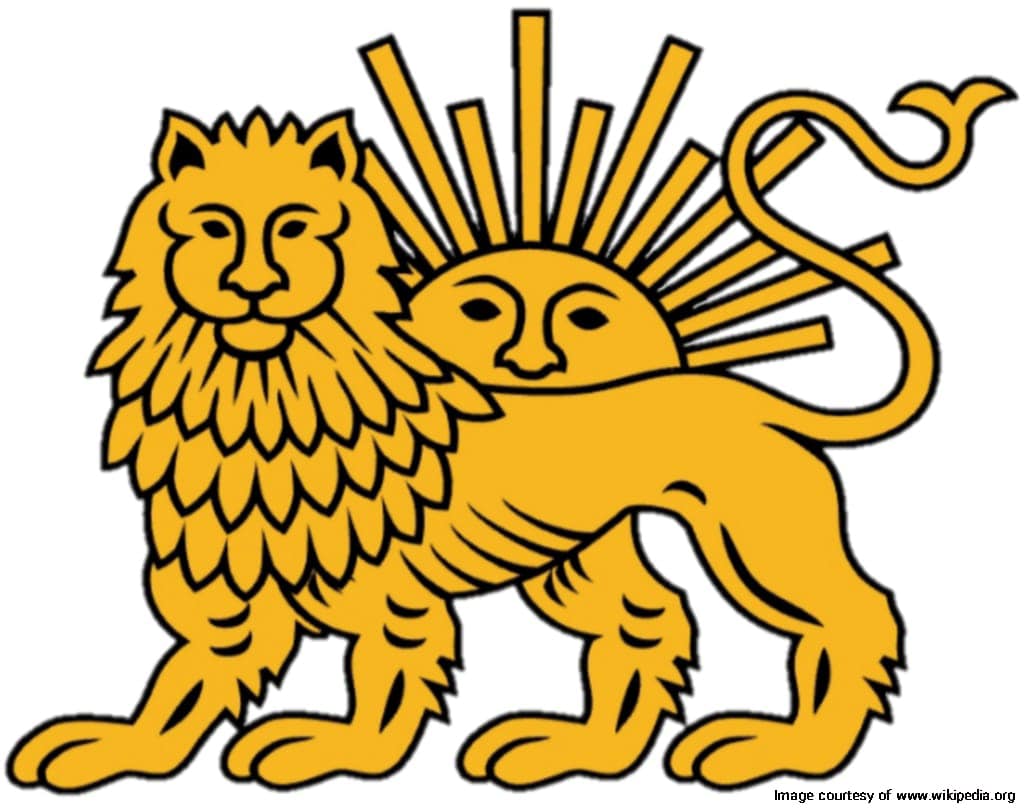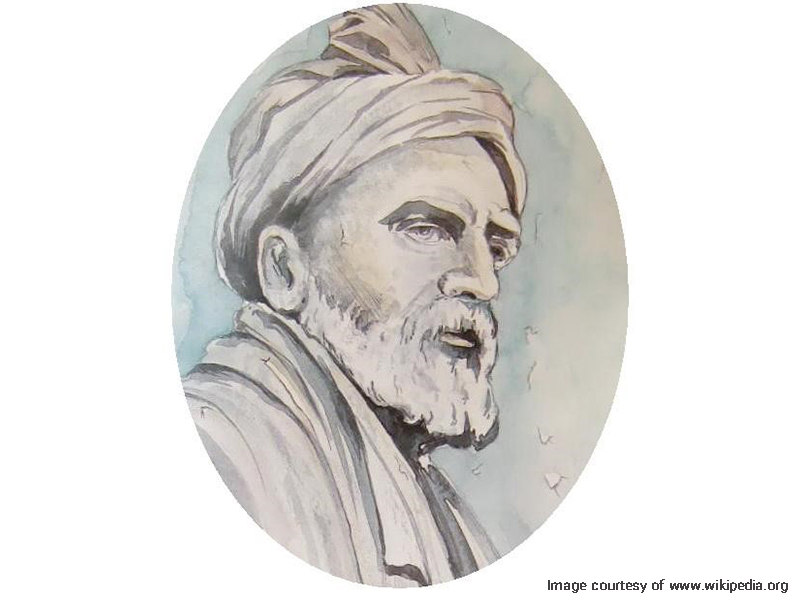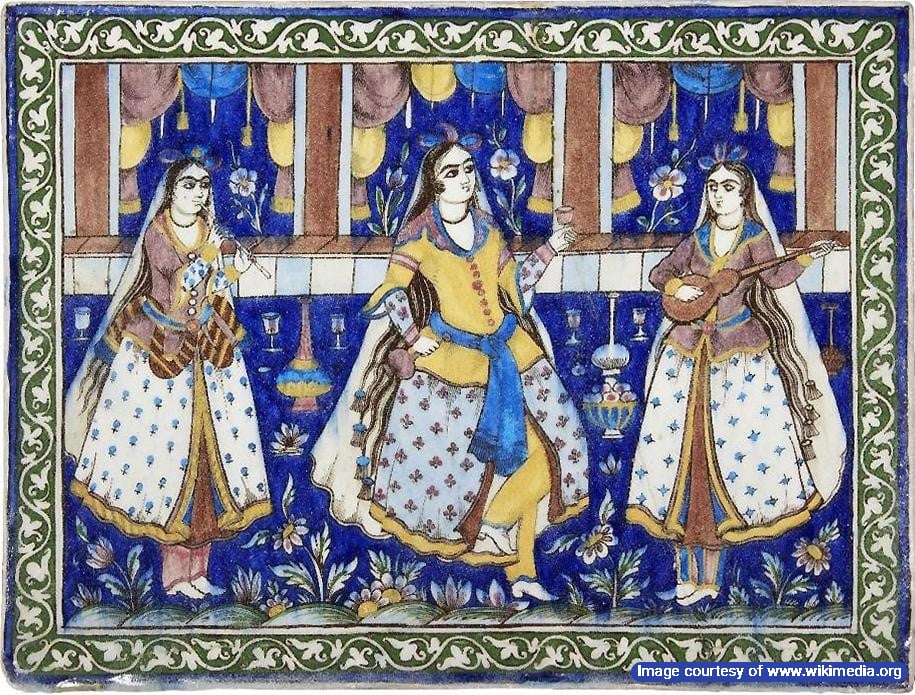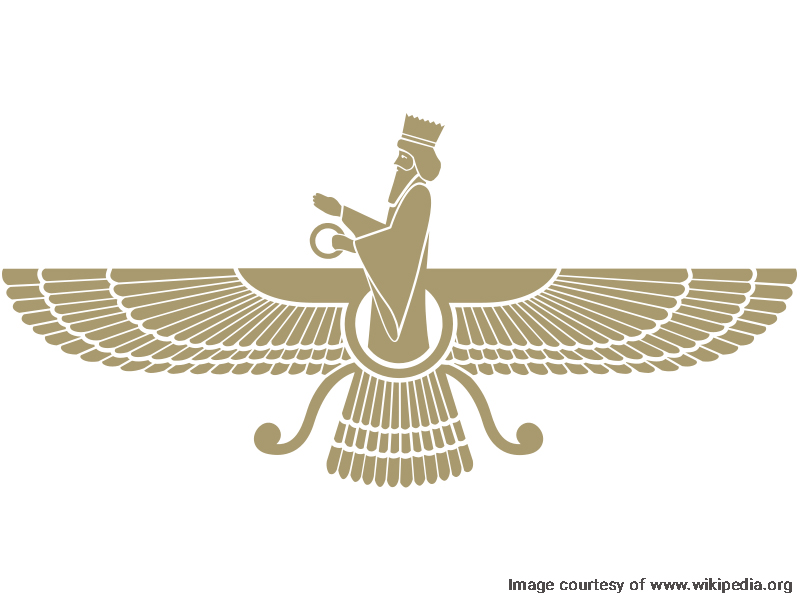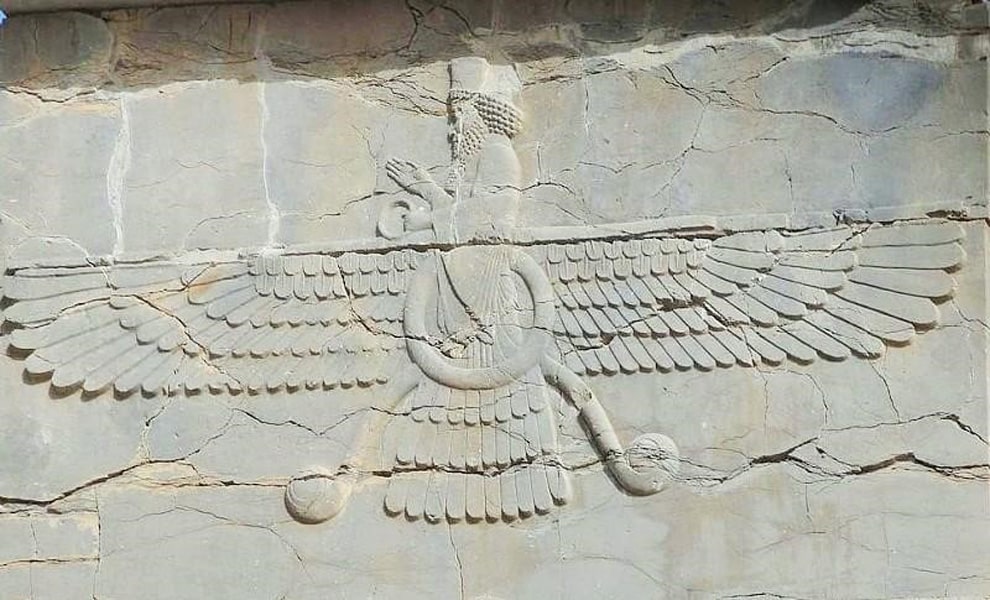
Iranian religions are as ancient as the presence of people in this land. The people of the Iranian Plateau have been living spiritual lives throughout the ages and each of them found a way to communicate with their deity based on their knowledge and experiences. They found comfort in the divine when facing the darkness and terror of nature around them and sought the help of supernatural forces.
Ancient Iranian religions are some of the first efforts of mortal men in seeking heavenly truths. In this article, we have tried to have a look at the traditional religions in Iran and how they have transformed over time. From simple religions whose followers worshiped the moon and the sun to the theologies promoted religious literature.
Before the arrival of the Aryan tribe in Iran, there were ethnic groups living on the Iranian plateau, but there are no archeological findings from that era concerning religion and rituals. It can be assumed that early Iranian religions were simple religions with a tendency to worship mother nature and natural elements.
The inhabitants of the ancient East sometimes worshipped beneficial natural phenomena such as the sun, moon, stars, rain, water, river, spring, cow, camel, and horse deities to assist them and protect them from harm. In some cases, they worshiped dangerous phenomena such as darkness, lightning, clouds, winter, snake, eagle, and wolf deities to shield them against their own harm. Iranian religions followed this trend.
Remains of Primitive Iranian Religions and Rituals
The first religious figurines discovered in Iran date back to the Neolithic age. Among the oldest figurines, there is a clay figurine discovered in Tepe Sarab, named “Venus of Tepe Sarab”. Due to the exaggeration and enlargement of the female features of this figurine, a sign of emphasis on reproduction and fertility, it was assumed that this figure had a ritualistic function.
Other female figurines similar to the Venus figurine have been found in the Near East. These figurines, both those that were discovered from Tepe Sarab in Kermanshah and those that were found in “Çatalhöyük” and “Hacılar” in present-day Turkey, show the presence of abstract concepts and religious beliefs in the people of that period. These figurines, which are the oldest evidence of Iranian religions, have been discovered among the remains of early Sedentism and ancient civilizations of the Near East, which dated back to around 4,000 to 6,000 years ago.
We know that the “Elamites” believed in a great god called “Inshushinak” and built temples to worship and sacrifice for their god. Dūr Untaš Ziggurat, which is known as Chogha Zanbil Ziggurat, is one of the historical remains of the Elamite era. According to some orientalists, this temple is the oldest religious building in the history of Iranian religions.
The Elamites worshiped snakes; Praising the snake was rooted in their belief in primordial magic. The image of the snake on the lids of dishes and pots granted protection against bad intent and evil forces. The figure of the snake was also carved on the gates, altars, and the scepter of Elamite kings.
The Scythians were highly civilized and had strong religious beliefs and believed in a heavenly power, but they also worshipped different idols.
Most Famous Iranian Religions
Some Iranian religions spread beyond their origins and were practiced throughout the world over the years. The followers of these religions have left behind remarkable architectural works and books. This is a brief description of these world-famous Iranian religions:
Mithraism
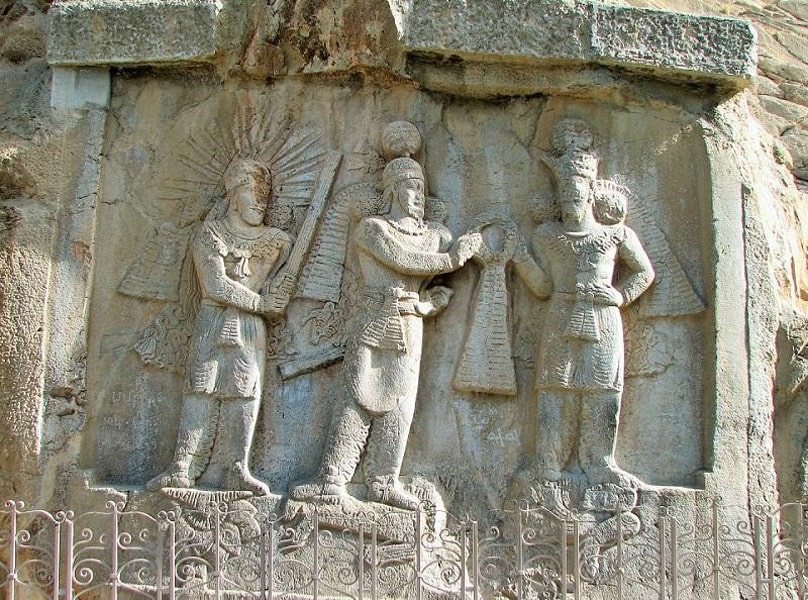
In the past, humans were terrified of darkness and cold, and the faint glimmers of the sun coming up from behind the mountains meant the promise of light and warmth and finding food. This is why primitive humans started worshipping the sun. Mithraism or Mehrism is one of the Iranian religions centered around worshipping the sun and is deeply rooted in the beliefs of Iranians. It was mentioned in the Avesta and heavily influenced Zoroastrian religions, and some of its beliefs can be identified in social traditions.
Mithra is a powerful mythical figure that was born from the core of a stone and is the custodian of loyalty and covenant, light and home and motherland. There is this belief in Mithraism that Izad (god) Mithra went to the sky on his chariot of the sun and will return one day to reshape the world.
During the Parthian period, Mithraism spread beyond the borders of Iran and reached Europe. There are still remains of the Mehrabahs (Mithraeums) in Europe. These were temples of worshipping Mithra. Many similarities can be seen between modern Christian rituals and Mithraism. For example, they share common symbols such as a cross, a pine branch, and a bell.
Worshipping Anahita or Venuss
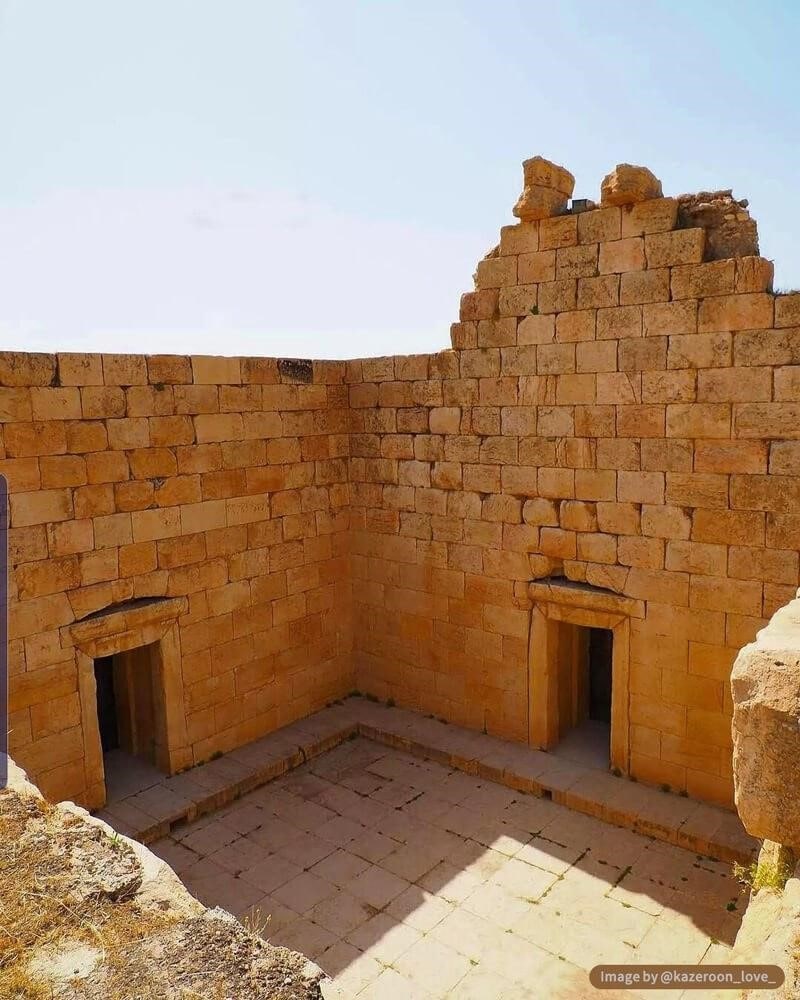
Anahitaism or worshipping Anahita is an ancient Iranian religious ritual. Water is one of the natural elements in traditional Iranian belief, which Iranians held in high esteem. Anahita is the goddess of water and the guardian of all water on earth. This goddess is also mentioned with high praise in The Avesta’s prayer Hymns. Anahita blesses wealth, house, tribe, life, the universe, kingdom, and the motherland. In the sixth verse of “Aban-Yasht”, Ahura Mazda states that he created Anahita to develop the land and tribe and maintain and guard the waters.
During the Achaemenid period, temples were built in honor of Anahita, such as the Anahita temple at Bishapur and the one in Kangavar. People were praising the goddess of water next to their fields and asked her to bless their fields with rainfall.
Zoroastrianism
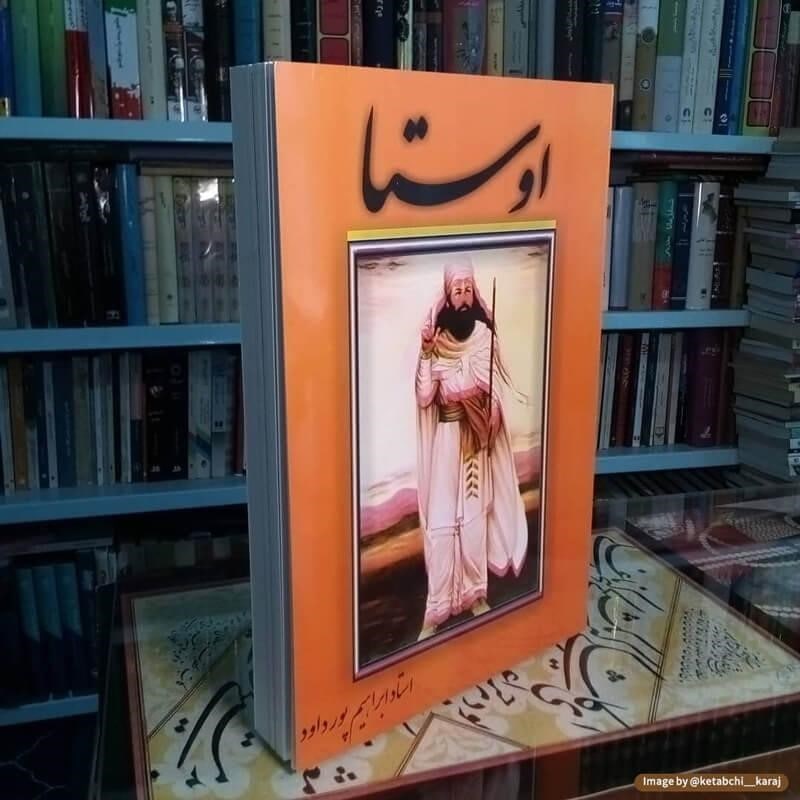
When the Aryan tribes in Iran gave up their herding and nomadic lifestyle to practice Sedentism, a person named Zoroaster became famous as a reciter of religious poems. Zoroaster tried to change people’s minds and invite them to worship the only God. He was against the sacrifice of animals and believed it was the reason behind the herders’ poverty.
In the religion of Zoroastrianism or Mazda-Yasna, which is one of the most famous Iranian religions, Ahura Mazda is the great creator of the world and the source of all goodness. He is in constant war with Ahriman, who is a symbol of evil and destructive intent. Zoroaster believed in this idea: “There is only one path in the world, and that is the path of righteousness.” This Iranian prophet calls his followers to practice good thoughts, good words, and good deeds.
“Gathas”, also known as “Gahan” and “Gatha”, are the poems of the Prophet of the Zoroastrian religion. These poems contain his teachings and messages and form the basis of the Mazda-Yasna religion. Another Zoroastrian book is “The Avesta” which includes a collection of the oldest Zoroastrian writings and hymns. A part of the Avesta is dedicated to Zoroaster’s own poems.
Mazdakism
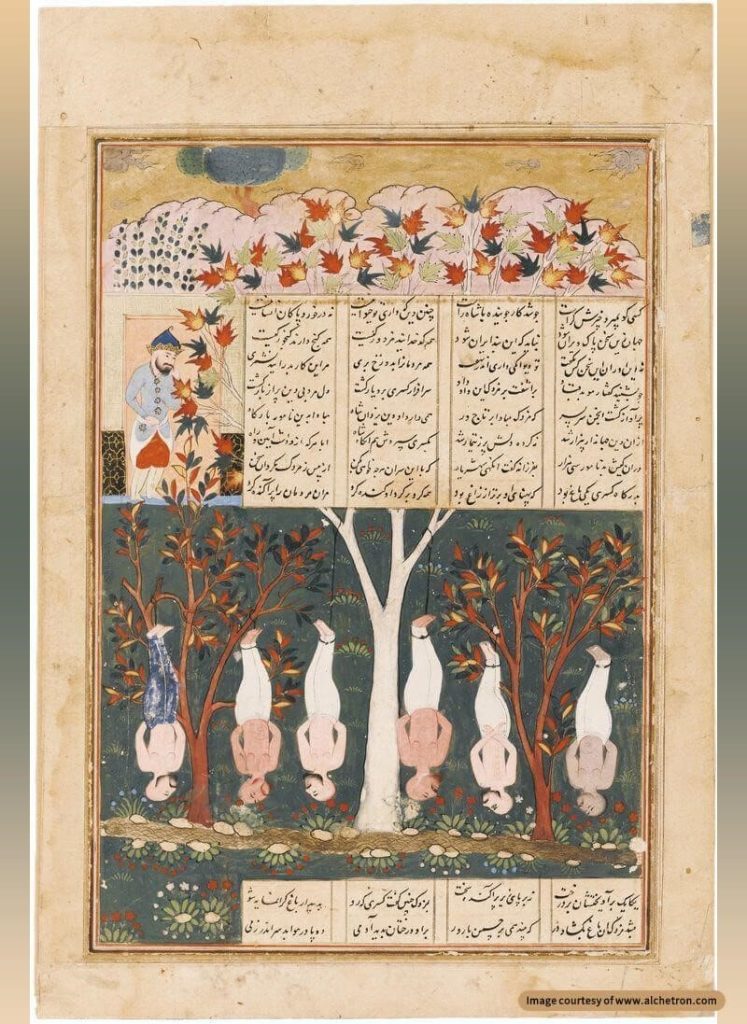
The Mazdak religion is another example of prominent Iranian religion. Mazdak Bamdadan was more of an activist and social reformer than a prophet. He himself never claimed to be a prophet. The religion of Mazdakism was inspired by the religion of Mani or Manichaeism. Before him, a Mobad (priest) named Bundes founded a faith based on Mani’s religion, and Mazdak was following in his footsteps.
Qobad or Kavad I, the Sassanid king at the time, afraid of the growing influence of the priests and nobles and wanting to regain his power as king, supported Mazdak. Therefore, Mazdakism rapidly spread in the Sassanid empire. It even reached the Arabian Peninsula.
During that period, drought and famine drove the poor and angry to join Mazdak’s uprising. Mazdak believed that God has provided food for all people on earth which should be divided equally, but people have grown twisted and unkind to each other, forsaking the divine path. In this way, Mazdakism was an endeavor to reform social classes and dismantle aristocracy.
At the end of his reign, Kavad ended his support for Mazdak. This allowed his successor, Khosrow I, to kill Mazdak and many of his followers. The death of Mazdak was not the end of Mazdakism religion and his ideas inspired social movements postmortem. One of them was the Khurramites movement led by Babak Khorramdin.
Zurvanism
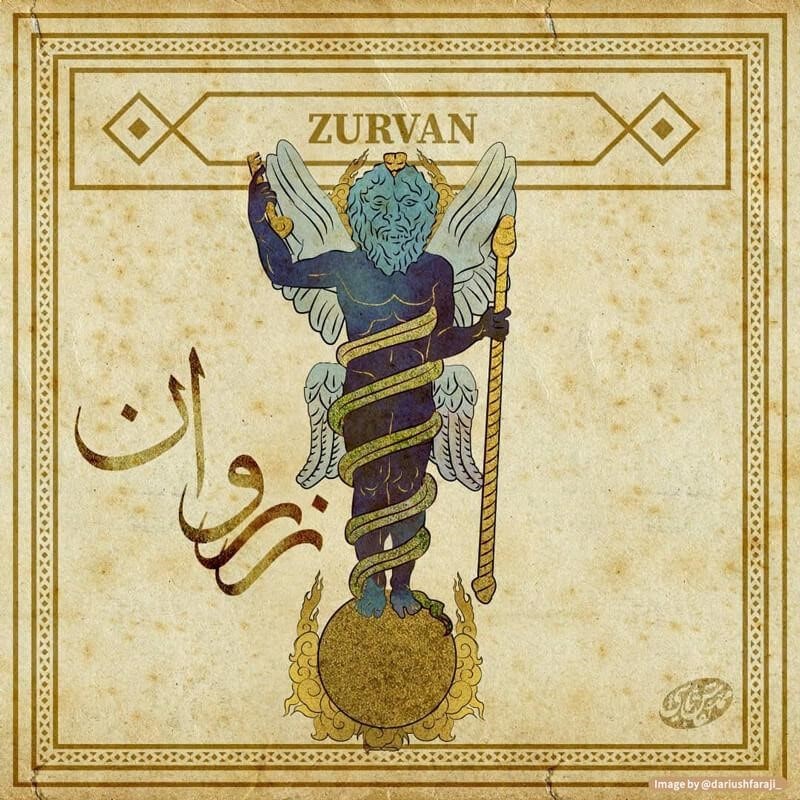
Zurvan means time and is the name of one of the gods in ancient Iranian religions. Some believe that the Zurvanism religion was created at the end of the Achaemenid period and originated from the Zoroastrian religion. But some studies also claim that the Zurvanism religion has existed since the time of the Medes, and the Mogh or Magi implemented their beliefs in Zoroastrianism as well.
The Sassanid period was the peak of the prosperity of Zurvanism, and all the current evidence of this religion date back to that period. Zurvanians are monotheists. In this ancient Iranian religion, time is the primordial essence of life and its followers believe in the god Zurvan or Zaman (time).
In this ancient ritual, the god of time is referred to as the infinite god, who is the creator of Ahuramazda and Ahriman. The infinite god means that the deity has been present since before the creation and is eternal and the source of everything, while he himself has no origin and beginning.
In the mythological narrative of Zurvanism, it is said that he had two sons: one of light and goodness named Ahuramazda, and the other of evil and darkness, named Ahriman. These two brothers are constantly at war for world domination.
Manichaeism
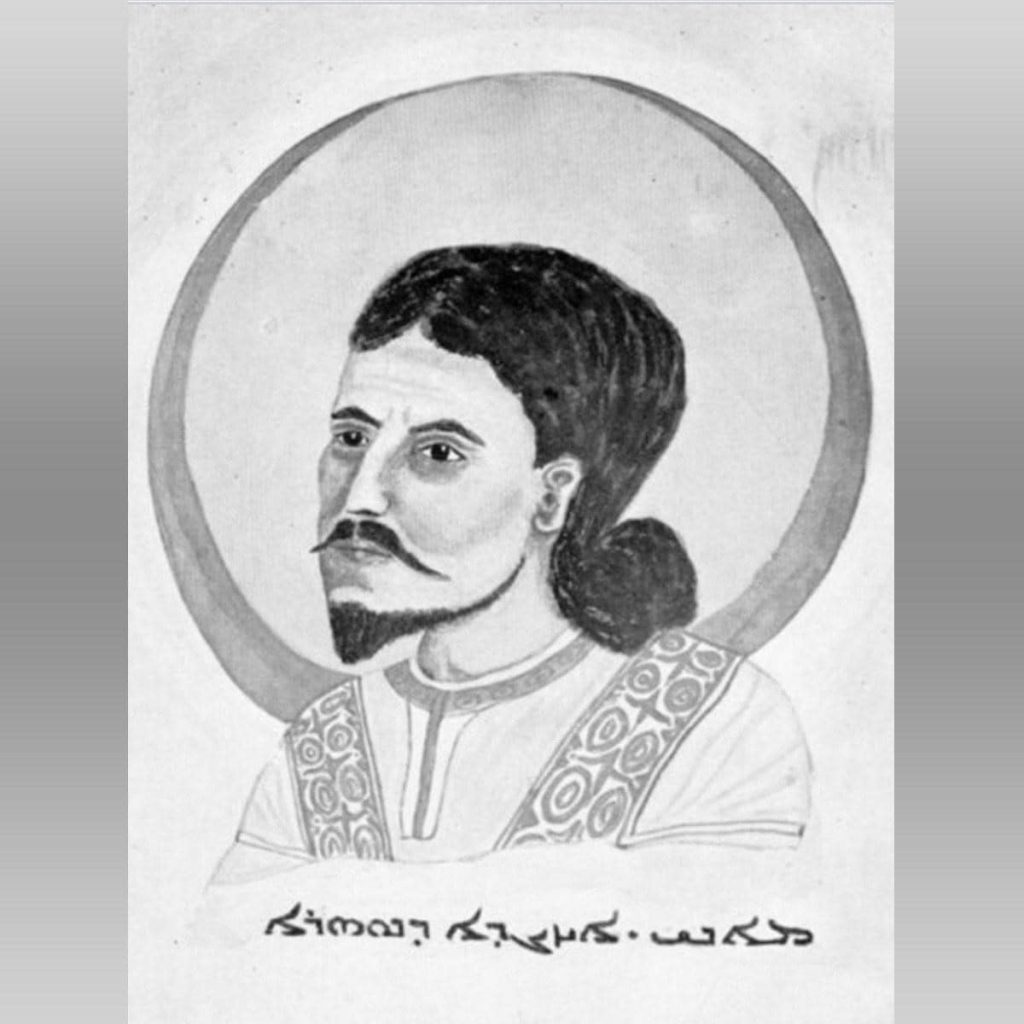
Mani was an Iranian philosopher, poet, writer, Hakim (traditional doctor), and painter. Born to Iranian parents, he founded a religion that was a combination of Christian, Zoroastrian, Buddhist, and Gnosticism and accepted all people from every race and class.
Mani considered himself a prophet like Christ and the Buddha who presented a religion to people. Manichaeism beliefs were influenced by three major concepts from other religions:
- Belief in the arrival of a savior figure, derived from Christianity
- Belief in dualism, influenced by Zoroastrian
- Belief in reincarnation from Buddhism.
The basis of Manichaeism, which is one of the widely recognized Iranian religions, is the belief in dualism. Mani believed in the god of light and kindness and believed that there is also a god of darkness. According to Mani, Man was created out of this duality of light and darkness and he should try to cultivate his light side and avoid the dark aspects of his essence. The followers of Manichaeism are called “Din-avaran” or believers.
Mani was skilled in painting and the book “The Arzhang” is a collection of his illustrations. Through these illustrations, he introduces the principles of his religion to his followers in a simple way. According to some researchers, Mani’s paintings are the first examples of Persian Miniature.
Also, Mani wrote the book “Shabuhragan” explaining his religion and dedicated it to Shapur I, the Sassanid king. Shapur allowed him the freedom to preach his religion; But later, Zoroastrian priests made attempts to kill him and his followers.
Behafaridians
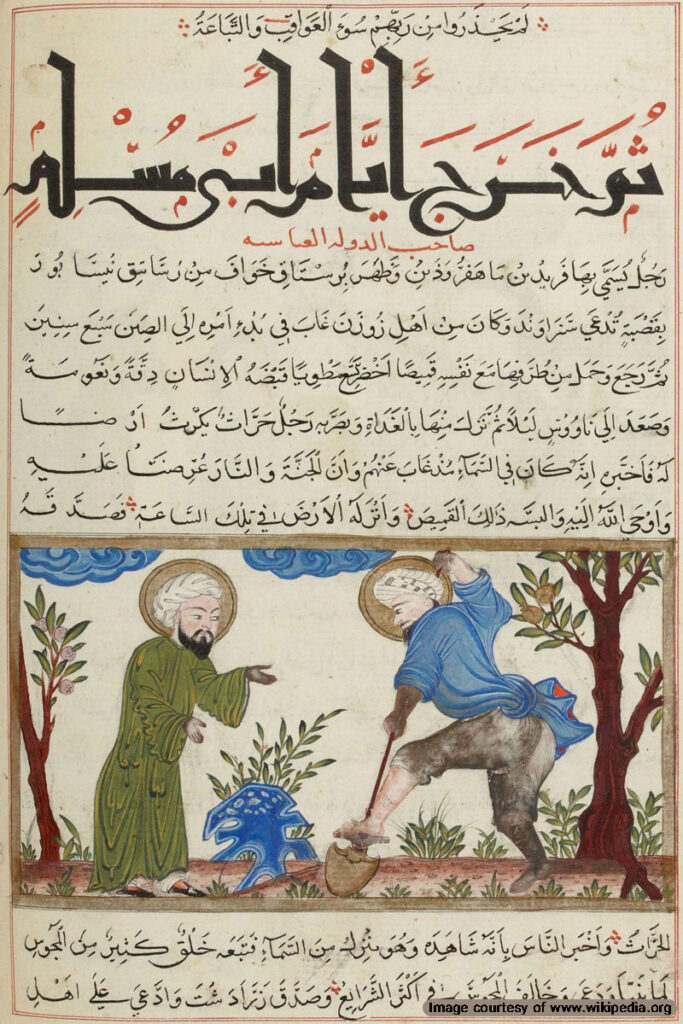
The Behafaridians were followers of Behafarid, a Zoroastrian heresiarch and self-styled prophet who lived during the late 7th and early 8th centuries. Behafarid, whose name means “son of Farvardin,” claimed to have divine revelations and performed miracles to gain followers. His movement was primarily social in nature, emphasizing practical and social reforms over spiritual and philosophical aspects.
Behafarid’s teachings attracted many Zoroastrians, particularly in the Nishapur region, where he began his mission. He claimed to have visited China and brought back miraculous objects, including a shirt and robe of green silk that he used to perform a staged resurrection, further convincing people of his prophethood.
Despite his initial success, Behafarid’s movement faced opposition from orthodox Zoroastrian authorities, and he was eventually executed around 748-49. His followers, known as Behafaridians, continued to practice his teachings for some time, but the movement eventually declined.
The Behafaridians are an example of the diverse and dynamic religious landscape in Iran during the early Islamic period, reflecting the complex interplay between Zoroastrianism and emerging Islamic influences. Today, Behafaridians as a distinct group do not exist, but their historical presence is a testament to the diverse and dynamic religious landscape of early Islamic Iran. The legacy of Behafarid and his followers is primarily of historical interest, reflecting the complex interplay between Zoroastrianism and emerging Islamic influences.
Yarsanism
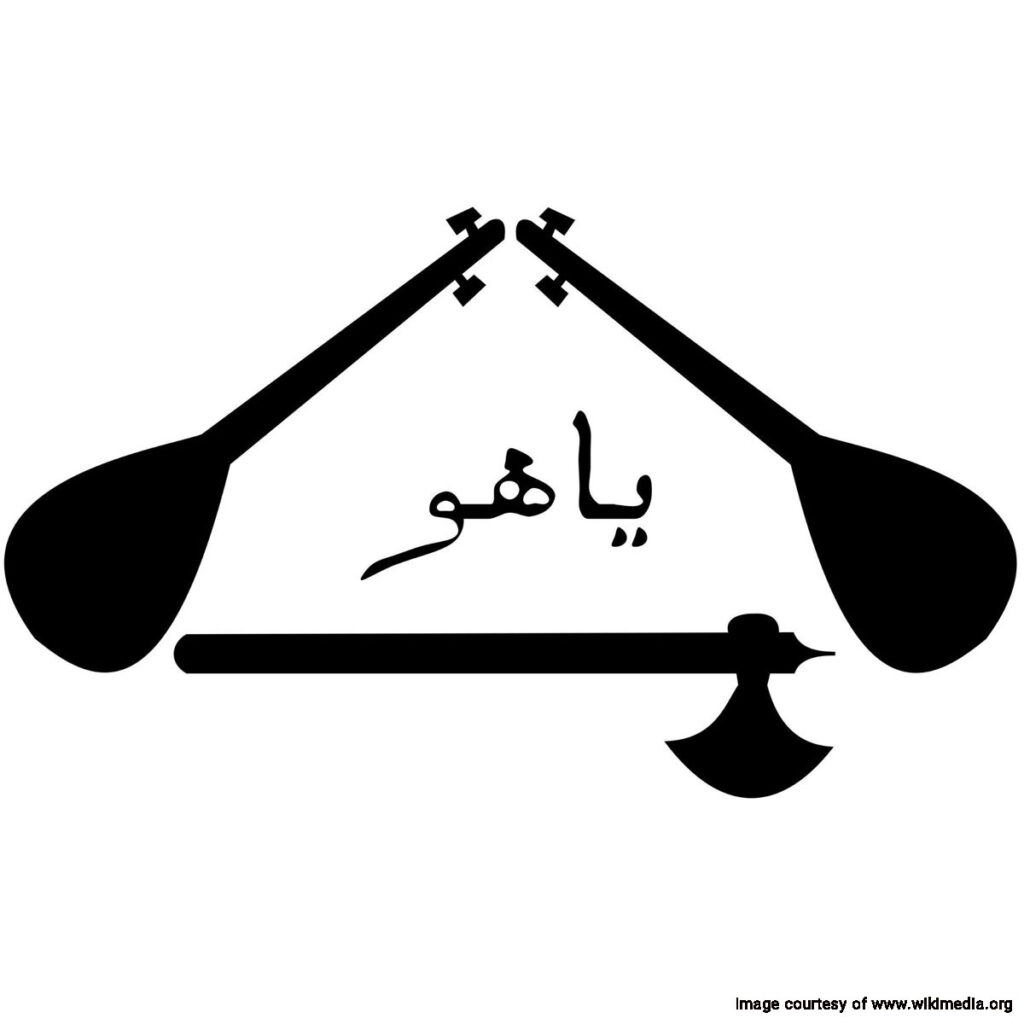
The Yarsan, also known as Ahl-e Haqq or Kaka’i, is a syncretic religion founded by Sultan Sahak in the late 14th century in western Iran. The religion combines elements of Zoroastrianism, Islam, and local Kurdish beliefs, creating a unique and rich spiritual tradition.
Yarsanism emphasizes the concept of “God is the first and the last”, and its followers believe in a series of divine manifestations, including Sultan Sahak, who is considered the final manifestation of God. The religion’s central text is the Kalâm-e Saranjâm, written in the 15th century, which outlines the teachings and beliefs of the Yarsan faith.
The majority of Yarsan followers reside in the Kermanshah Province and adjacent areas of Lorestan and Ilam Provinces in Iran. They are predominantly Kurds from tribes such as the Guran, Sanjâbi, Kalhor, Zangana, and Jalalvand. The religion also has followers in Iraqi Kurdistan and among Turkic-speaking communities in Iran.
Yarsanism is known for its mystical and esoteric practices, including the use of the Tambur (a sacred drum) during religious ceremonies.Yarsanis face challenges, including discrimination and pressure to assimilate into the dominant Islamic culture. Many Yarsanis practice their faith discreetly to avoid persecution. The community places a strong emphasis on mystical and esoteric practices, including the use of the Tambur (a sacred drum) during religious ceremonies.
Despite facing persecution and pressure to convert to Islam, the Yarsan community has managed to preserve its unique religious identity and traditions over the centuries.
Druze
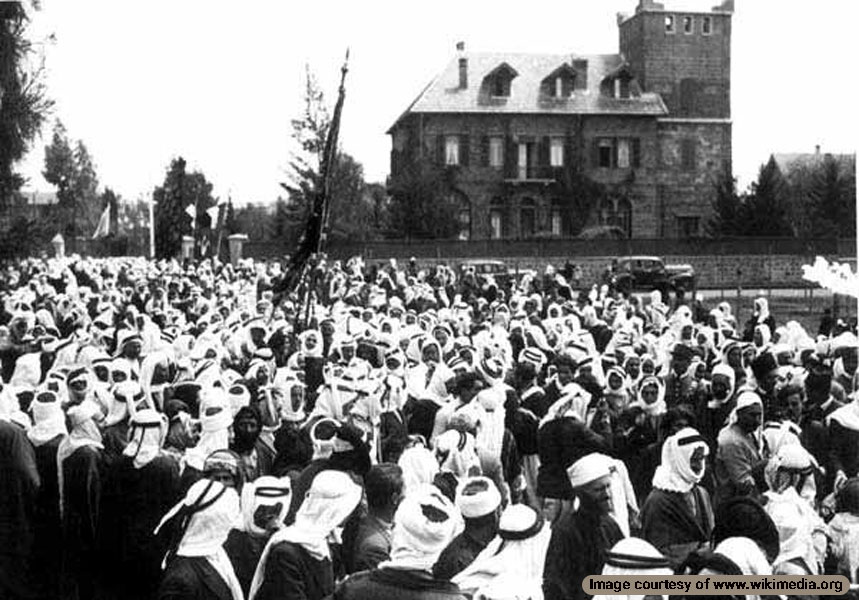
The Druze religion, also known as Druzism, is a monotheistic and Abrahamic faith that originated in the 11th century in Egypt as an offshoot of Isma’ilism, a branch of Shia Islam. The religion was founded by Hamza ibn Ali ibn Ahmad and Muhammad bin Ismail Nashtakin ad-Darazi, who played significant roles in its early development.
The Druze faith is characterized by its syncretic nature, incorporating elements from various religious traditions, including Zoroastrianism, Gnosticism, Neoplatonism, and Pythagoreanism. The central text of the Druze faith is the Epistles of Wisdom (Rasa’il al-Hikma), which outlines the core beliefs and doctrines of the religion.
Druze beliefs include the concepts of theophany (the manifestation of God in human form) and reincarnation (the soul’s cycle of rebirth). They believe in the unity of God and the eternity of the soul, and they hold several historical figures, such as Adam, Noah, Abraham, Moses, Jesus, Muhammad, and the Isma’ili Imam Muhammad ibn Isma’il, in high regard as prophets.
The community is divided into two groups: Uqqal (the initiated, who are knowledgeable about the esoteric teachings and serve as spiritual leaders) and Juhal (the uninitiated, who focus on worldly matters).
The Druze community is primarily located in Lebanon, Syria, and Israel, with smaller communities in Jordan and Iran. In Iran, the Druze are mainly found in the western regions, particularly in the provinces of Kermanshah and Lorestan. They are known for their close-knit community structure and strong sense of identity, which has enabled them to maintain their distinct religious and cultural traditions over the centuries They practice endogamy (marrying within the community) to maintain religious purity and identity.
Bábism
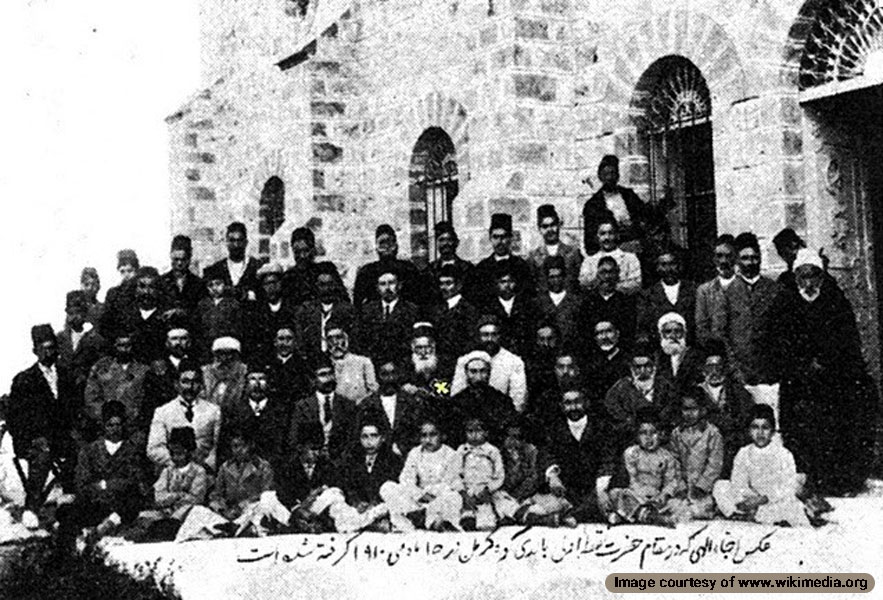
Bábism, also known as the Bábi Faith, is a monotheistic religion founded in 1844 by Sayyid `Alí Muḥammad Shírází, who took the title the Báb (meaning “the Gate”). The Báb proclaimed himself to be the gate to the Twelfth Imam of Shia Islam and later declared himself to be a Manifestation of God, a status equal to that of prophets like Moses, Jesus, and Muhammad.
The Báb’s teachings emphasized the unity of all religions and the importance of spiritual and social reform. His message attracted a significant following, but also led to intense persecution by the Qajar dynasty and the Shia clergy. The Báb was executed in 1850, and his movement faced a brutal campaign of extermination.
Bábism was characterized by a series of principles and laws that aimed to improve society. These included the abolition of clergy, the call for universal education, and the elevation of the status of women. The Báb also introduced a new calendar, consisting of 19 months of 19 days each, replacing the traditional Islamic calendar.
After the Báb’s execution, his followers, known as Bábis, continued to face severe persecution. Many were killed or exiled, but the movement persisted and eventually evolved into the Bahá’í Faith. The Bahá’í Faith regards the Báb as a precursor to its founder, Bahá’u’lláh, who declared himself to be the fulfillment of the Báb’s prophecies.
The legacy of Bábism is significant, as it laid the groundwork for the Bahá’í Faith, which continues to thrive today. The Bahá’í community views the Báb’s teachings as a critical stage in the ongoing process of religious revelation and social reform.
Iranian Religions Throughout Different Historical Periods
Iranian religions have emerged and evolved in Iran throughout many historical periods. Religions embody important aspects of the cultural growth and beliefs of Iranians. Iranian religions have either been founded by people of Iranian origin or have been influenced by Iranian culture, as Iranians have played a large role in the development and expansion of Judaism, Christianity, and Islam.
Iranian Religions in The Indo-Aryan Migration
The content of ancient mythological literature and the book of Avesta and some stone inscriptions show that the Aryans who immigrated to Iran, like their Indo-European tribes, worshiped many gods.
The nomadic and herder Aryans called their gods “Bagh” which means benevolent, “Ahura” which means Lord, and “Amsha” which means immortal. They sacrificed animals and sang hymns and prayers to gain the favor of their gods. Aryan tribes did not build magnificent temples for their gods like the sedentist civilizations in Elam, Mesopotamia, and Greece, and the reach of their gods was not limited to a specific area. They honored natural elements such as water, earth, fire, and wind.
Aryans believed in a set of “divine beings”. These beings had gifted natural resources to humans, the most important of which were light and rain. Aryans also believed in a set of “evil beings” who battled with divine beings and tried to prevent humans from achieving happiness. In general, by examining the Iranian religions of that period, we see that compared to the Babylonians and Assyrians, Aryan beliefs made them more ethical individuals. Iranian religions mostly emphasized the harmony of our efforts and actions with values like honesty and integrity.
The following examples are some of the gods who were worshipped during the nomadic era and sometimes after Sedentism became popular among the Iranian people:
- Mithra, the god of covenant and the sun and order and justice
- Bahram or Varahram, the god who conquered the Div (devil) and the granter of victory for warriors
- Anahita, the goddess of water
- Tishtar or Tir, god of rain
- Zurvan, the god of time
Most of the Aryan deities had a natural source, and their worship rituals were connected to transformations in nature, such as the change in night and day or the seasons. That is why a calendar was created to mark the religious festivals and prayer rituals. Some of these celebrations, which originated from Iranian religions, have lasted until today. The most famous of these celebrations are Nowruz and Mehregan. Nowruz is the celebration of the end of winter and the arrival of spring in nature, and Mehrgan is a festival celebrated in autumn in honor of Mithra, the god of flocks, plains, and the sun.

Iranian Religions in the Median Era
The Medes were one of the Aryan tribes who settled in the western and central parts of the Iranian plateau. The ancient Median religion was a primitive form of Mazdeism. The Medes called all Mazda worshipers “Mazodayazna”.
Medes priests were called “Mogh” or Magi. The Mogh had a special role in the kingdom and in governing it. The religion of the Medes was “Zurvanism” and the focus of their religion was attention to the passage of time. In the religion of the Medes, Zurvan, the god of time, was the highest divine entity. Like many ancient Iranian religions, singing hymns and religious prayers and sacrificing animals were common in the Medes empire.
After slowly accepting the Zoroastrian religion, the Magi became Zoroastrian priests. They incorporated their previous beliefs into Zoroastrian teachings.
Iranian Religions in The Achaemenid Empire
According to research findings, it is most likely that Zarathustra or Zoroaster lived at the end of the Achaemenid era. He was the prophet of the Zoroastrian religion and tried to impact social beliefs and invited the people to worship the one and only God.
In the religion of Zoroastrianism, which is one of the most important Iranian religions, Ahura Mazda is the ultimate god of creation and the source of all things divine, and he is in constant war with Ahriman, who is a symbol of darkness and evil.
There is a difference of opinion among scholars about the official religion of the Achaemenid empire. Expert opinions are divided into three groups in this regard:
The first group is those like Roman Ghirshman and Abdolhossein Zarrinkoob who are against the hypothesis that the Achaemenes believed in Zoroastrianism. These people consider the Achaemenid beliefs to be based on the ancient religion of the Aryans, which was subjected to innovations over time.
Zarrinkoob had written in his book “History of the People of Iran, before Islam”: “During the Achaemenid period, the Mogi did not practice the Zoroastrian religion, nor did the royal family. Considering the role that the Magi had in the performance of Persians religious rituals and taking into account the fact that the religion of the Achaemenid royal family could not have been any different than the beliefs of the common people of Persian tribes, it is clear that during those periods, Zoroastrianism did not have much influence among the Persians.
The second group includes researchers such as Mary Boyce who believed that Zoroastrianism was the official Achaemenid religion. This group believes that the Achaemenid practiced Zoroastrianism from the very beginning since they came to power.
The third group consists of scholars such as Muhammad Dandamayev who believe that the early Achaemenid kings were not Zoroastrian and the Achaemenid kings converted to Zoroastrianism after Darius took power.
Despite the differences in opinion regarding the royal Achaemenid religion, everyone agrees they treated followers of other religions with tolerance and acceptance. In the vast territory of the Persian Empire, many tribes coexisted while maintaining their various cultures and beliefs, and no one was allowed to stop others from worshiping their gods and practicing their faith.
It is stated in the ancient Cyrus Cylinder that when he conquered Babylon without bloodshed, he praised “Marduk”, the patron deity of Babylon City. In those times, it was customary for kings to kill enemy civilians, loot temples, and insult the gods after conquering a city.
He also freed the Jewish slaves in Babylon to return to Jerusalem and rebuild their temple. Cyrus the Great is highly respected in all Jewish texts. After Cyrus conquered Babylon, a special relationship developed between Cyrus and the Jews, to the extent that the Jews called him “Messiah”, their savior. The Bible mentions that the order of Cyrus to rebuild the temple opened a new chapter in Jewish history.
Iranian Religions During the Seleucid and Parthian Era
After conquering Iran, Alexander the Great and his successors, the Seleucids, tried to promote their culture and beliefs in this land. But Iranians in that period insisted on preserving their ancient Iranian religions, beliefs, and traditions. In the end, Greek culture did not have much influence in Iran except in the fields of art and architecture.
The Parthians took advantage of the decline of the Seleucids in Iran and were able to establish the Parthian empire in 247 BC. They were a Parthian tribe from the Eastern Scythians who had a primitive religion before entering Iran and worshiped natural elements, such as the sun, moon, stars, and also the spirits of their ancestors.
Ashkanian or The Parthians entered Iran at the same time as the emergence of numerous Iranian religions and theological and philosophical beliefs. Some cults had also spread to Iran from India, and there was an atmosphere of religious diversity. The Parthian dynasty, like the Achaemenid, were tolerant of followers of all religions.
The Jews, who were persecuted during the Seleucid rule, regained their status. Buddhism entered Iran and was promoted in the eastern regions of the Parthian Empire. It was at this time that one of the Parthian princes translated Buddhist literature into Chinese for the first time. During the Parthian era, the worship of Mehr or Mithras spread to Rome and the Anatolia region and became an independent religion in Europe.
There was no official religion in the Parthian empire, and Zoroastrian Magi and priests had no influence in the Parthian court. This caused animosity between them and the Parthian royalty and they isolated from society. Of course, in the middle of the Parthian period, some kings converted to Zoroastrianism and some of them engraved braziers on royal coins. One of the Parthian kings named Vologases I of Parthia ordered the collection of Avesta texts.
Iranian Religions During the Sassanid Era
The Sasanian dynasty is considered a turning point for Zoroastrianism. During this period, they practiced the concept of religious rule. Kings and priests supported each other and religion and politics became intertwined.
Mobad or the high priest had the most important rank, and other priests of lower status were in charge of such tasks as legal proceedings, managing fire temples, religious education, and performing religious rituals. The king consulted the Mobads in his decision-making process for the country and important matters.
At the beginning of the Sassanid rule, followers of other religions were free to practice their religion. During the time of Shapur I, Mani established a new religion and presented it to Shapur. Shapur maintained his Zoroastrian faith, but he did not condemn Manichaeism or prosecute its followers.
With the increasing influence of Zoroastrian priests, they began to prosecute the followers of other religions in Iran, especially the Manichaeans, and Christians. During the reign of Bahram, I, Mani was arrested and executed. His followers were also hunted and tortured. Many of them fled from the Sassanid Empire.
Mazdak also tried to create change and improve the political and social status quo, But he met the same fate as Mani and was killed.
Many fire temples were built during the reign of the Sasanian Empire. The fire temples of “Adur Burzen-Mihr” in Khorasan and “Azargoshnasp” in Azerbaijan are relics of that period.
Iranian Religions After the Muslim Conquest of Persia
After he received a revelation from God, Prophet Muhammad was tasked to invite people to worship the one and only God, Allah. He became the prophet of Islam and by divine order, he secretly introduced people to Islam for three years in Mecca. Then, he made his preaching public.
After the death of the Prophet of Islam, his successors, who were called caliphs, started to conquer nearby lands. Very soon, the Arab army invaded the nearby borders in large numbers and with primitive military equipment and established the Islamic Caliphate.
Persia was one of the first nations conquered by the Islamic army. With the defeat of the Iranian generals, the era of the Sassanid dynasty and the authority of Zoroastrianism in Iran came to an end.
When Islam became popular, two powerful civilizations ruled the known world: The Romans and the Persians. The Sassanid were defeated by the Arabs who were the messengers of Islam. With the conquest of Iran by the Arabs, the fire temples were extinguished and Zoroastrian priests lost their power. The Arab conquerors tried to spread Islam in this vast land. Islam gradually spread in Iran over several centuries. One of the reasons for accepting Islam was to avoid paying heavy taxes to the Caliphate.
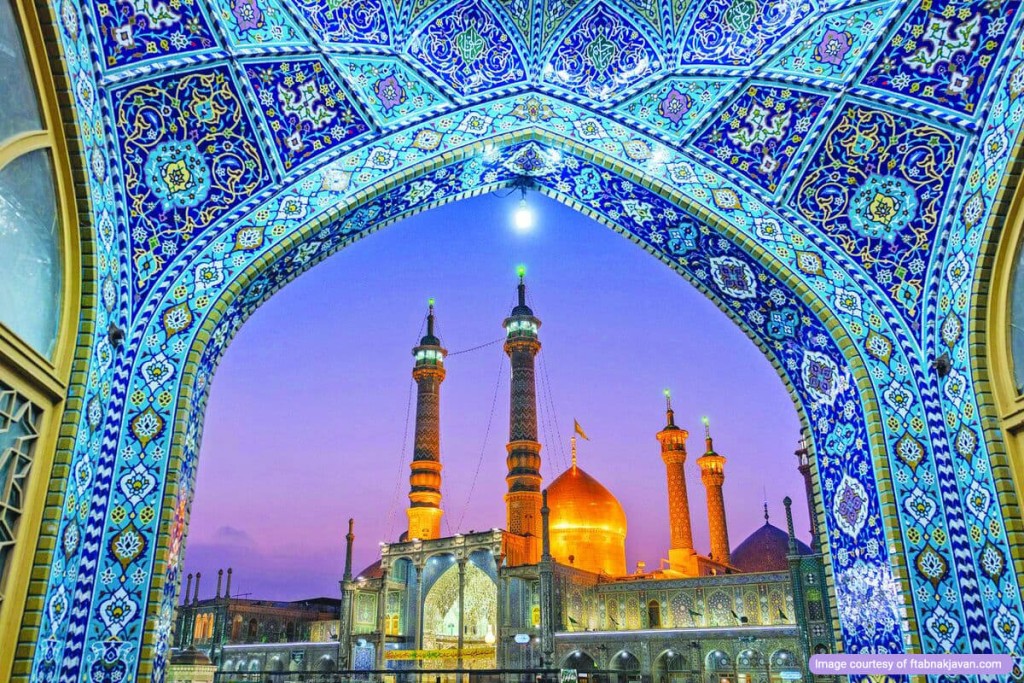
After the invasion of Arabs, Iranian Zoroastrians were divided into three groups:
- Those who converted to Islam
- Those who refused to convert to Islam and had to migrate to India
- Those who remained in their homeland and practiced their religion, and had to pay an additional tax called “Jizya”
Later, the tyranny of the caliphate rulers led to uprisings in Iran. One of the people who rose to power by promoting anti-Arab beliefs was Babak Khorramdin. Babak’s followers were followers of Mazdakism.
After Islam, Zoroastrianism has been the most popular and impactful religion among Iranian religions. For centuries, Islam has been the official religion in Iran, but the Zoroastrian religion has not been forgotten and still has followers, which is considered legal because of its monotheistic faith.
Today, Islam is one of the most popular religions in the world. The majority of Muslims in the world are Sunnis, and Shiites form a small minority. In the first centuries after the arrival of Islam to Iran, most people practiced the Sunni faith. But later, most of the people converted to Shia Islam.
Iranian Religions After the Caliphate Rule
“They came and tore down and burned everything and killed and took and left.” In these few words, Shams al-Din Juvayni has described what the Mongols did in their invasion of Iran. The extent of Mongol brutality was so severe that some Iranians chose silence for decades; From this period, Sufism and reclusion became common.
The Mongols had a primitive religion of shamanism and were tolerant of the religious beliefs of the people they invaded. The focus of their endeavors was the expansion of the territory and safeguarding the area under their rule, and they did not pay much attention to religion. Genghis Khan himself practiced traditional shamanic rituals until the end of his life. The successors of Genghis did not follow a single religion either. Sometimes Muslim advisors were selected by the Mongol rulers, and sometimes Christians or Buddhists were favored.
For example, Hulagu Khan converted to Buddhism. Ahmed Tekuder became a Muslim and provided opportunities to Muslims. After him, Arghun was a Buddhist and oppressed the Muslims. During that period, Buddhism and Christianity gained more followers in Iran.
With the passage of time, and when the Mongols stopped their invasions and destruction after a few decades, they encountered problems in governance and managing the economy and realized their authority was at risk. This caused Ghazan Khan from the Ilkhanid dynasty to adopt a suitable approach in relation to Iranians. He converted to Islam to improve his standing with Iranians.
He told his emirs: “I don’t support the Tazik (Iranians). If it is necessary to pillage everyone, no one is more capable than myself. We are all pillagers; But if you expect pots of Ash after me and will beg for it, let me be harsh; And you should ponder [be afraid] that when you abuse the subjects and eat their cows, eggs, and grains, what will you do next.”
From Ghazan Khan onwards, the Ilkhanate converted to Islam and Shia advisors entered the court. When Sultan Oljaitu or Mohammad-e Khodabande became a Shia. During the Timurid era, coins were minted in the name of Shia imams.
Shia Islam, The Official Safavid Religion
The Safavid, who were the descendants of Sheikh Safi-ad-din Ardabili, believed in the Twelve Imams considered holy in the Jafari branch of Shia Islam. They managed to establish a unified government in Iran after a long period of power struggles, declared Shia Islam as the official religion of Iran, and were insistent that the population practiced Shia Islam. If people resisted becoming Shia, the Safavid response was the sword of their Qizilbash army.
Previously, most Iranians were Sunni. With the rise of the Safavid, only the inhabitants of the border areas of Iran were able to maintain their Sunni Islam practices. The Safavid kings considered the Mujtahid to be the representative of the last Shia Imam and the sovereign over the lives and assets of the people.
Islamic clergymen became very influential during the Safavid period. Since that period, clergymen interfered in politics and other state affairs and they had to approve everything. During the time of Shah Abbas, I, royal decrees had to be authorized by clergymen and reviewed before the announcement. During this period, religious education became popular and many religious schools were established.
During the Safavid era, Zoroastrians were forced to pay Jizya or special taxes again because they had not converted to Islam. In addition, the taxes that were deducted from their business activities were much higher than the rates applied to Muslim businesses.
Since Jews and other religious minorities are not well-regarded in the Quran, Jews, and Zoroastrians did not receive fair treatment in Iran during the Safavid rule. But the Christians were in the king’s favor; Because verses from the Quran emphasize on coexistence with them. During the reign of Shah Abbas, I, a large number of Christians immigrated to Iran.
Iranian Religions Since the Afsharid Era
Nader Shah inherited a kingdom where politics and religion were mixed. He tried to win people’s hearts by respecting Shia Islam and the holy shrine of the eighth Imam, Imam Reza. Of course, he was trying to cut off the influence of Shia clergy from his court. One of his reasons for doing this was to strengthen his relationship with the Sunni Ottomans.
During the Afsharid period, Kashan had become a small Jerusalem hosting Jewish Iranians and Rabbis. During the rule of Nader Shah, trade helped the city prosper and great wealth was made there. Karim Khan, the founder of the Zand dynasty, gave more freedom to non-Muslims. He respected religions but did not allow Muslim clergy to interfere in politics.
Iranian society respected religion during the reign of the Qajar dynasty. Family values, business ethics, and social norms were all based on Islamic teachings. The Qajar kings paid more attention to the commemoration of the martyrdom of Imam Hossein than any other period in the history of Iran. “Tekyeh Dowlat” which was built during the time of Naser al-Din Shah Qajar, is one of the monuments of this period.
The Qajar era saw the growth of superstitious beliefs that spread among the people in religious rituals, especially the commemoration rituals of the martyrdom of Imam Hossein and his companions. False traditions such as burning the body with candles and putting locks on the body became common during this time, which contradicted religious instructions about health care. Jafar Tehrani has discussed some of these superstitious practices in mourning rituals in the book “Tehran-e Ghadim or old Tehran”.
During the Qajar period, Zoroastrians and Christians were not under much pressure from the government. But Jews were not treated with the same dignity. They were forced to pay huge sums in taxes.
The Current Status of Iranian Religions
By examining the history of Iran, we can easily finalize that religion has always played a significant role in Iran. All aspects of Iranian life, including social beliefs and the government systems in different historical periods have been directly or indirectly influenced by Iranian religions. You can notice this fact by hanging out with people for a few minutes, talking to them about any topic, or observing their daily routines.
In Iran, the majority of people believe in Islam, and the rest practice other recognized religions such as Christianity, Judaism, and Zoroastrianism. Among Iranian Muslims, the majority of believers in this religion believe in Shia Islam and the rest are Sunni.
Frequently Asked Questions About Iranian Religions
To find answers to your other questions, you can contact us through the comments section of this post. We will answer your questions as soon as possible.
What were the most common ancient Iranian religions?
Ancient Iranian gods were based on natural elements until the emergence of Zoroastrianism. Of course, at the time of the emergence of the Christianity and Judaism, some Iranians converted to these religions.
What is the relationship between Iranian religions and the identity of the Iranian people?
Religion, whether before Islam or after the arrival of Islam in Iran, has always been part of Iranian identity and a unifying element for Iranians. In ancient Iran, people held special religious ceremonies on the most important occasions in their lives, such as birth, marriage, and death. Military leaders also implemented their religious beliefs on the battlefield. Some traditional Iranian festivals are rooted in ancient Iranian religions, such as Nowruz and Mehregan.
What was the religion of Ancient Persia?
Persian religions in ancient times were mostly focused on praising natural elements and time. After Zoroaster, most Iranian religions promoted divine and mystical concepts.
What is the relationship between Iranian traditions and Iranian religions?
Festivals and rituals are cultural manifestations of every civilization, and Iranian rituals are and have been an expression of Iranian culture. Festivals rituals and the philosophy behind them are a manifestation of the beliefs and culture of the people of our land.






